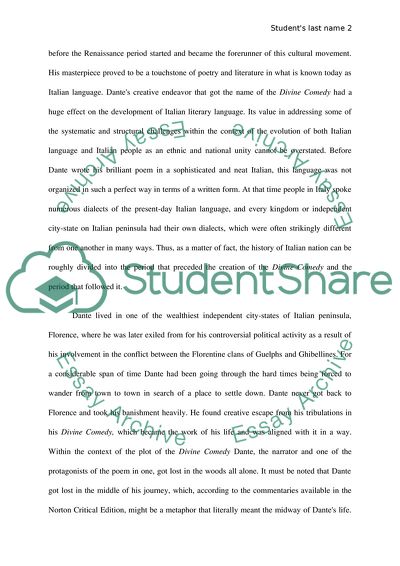Cite this document
(Dantes Inferno Book Report/Review Example | Topics and Well Written Essays - 1500 words, n.d.)
Dantes Inferno Book Report/Review Example | Topics and Well Written Essays - 1500 words. Retrieved from https://studentshare.org/literature/1869656-book-summary-and-analysis-on-dantes-infero
Dantes Inferno Book Report/Review Example | Topics and Well Written Essays - 1500 words. Retrieved from https://studentshare.org/literature/1869656-book-summary-and-analysis-on-dantes-infero
(Dantes Inferno Book Report/Review Example | Topics and Well Written Essays - 1500 Words)
Dantes Inferno Book Report/Review Example | Topics and Well Written Essays - 1500 Words. https://studentshare.org/literature/1869656-book-summary-and-analysis-on-dantes-infero.
Dantes Inferno Book Report/Review Example | Topics and Well Written Essays - 1500 Words. https://studentshare.org/literature/1869656-book-summary-and-analysis-on-dantes-infero.
“Dantes Inferno Book Report/Review Example | Topics and Well Written Essays - 1500 Words”, n.d. https://studentshare.org/literature/1869656-book-summary-and-analysis-on-dantes-infero.


